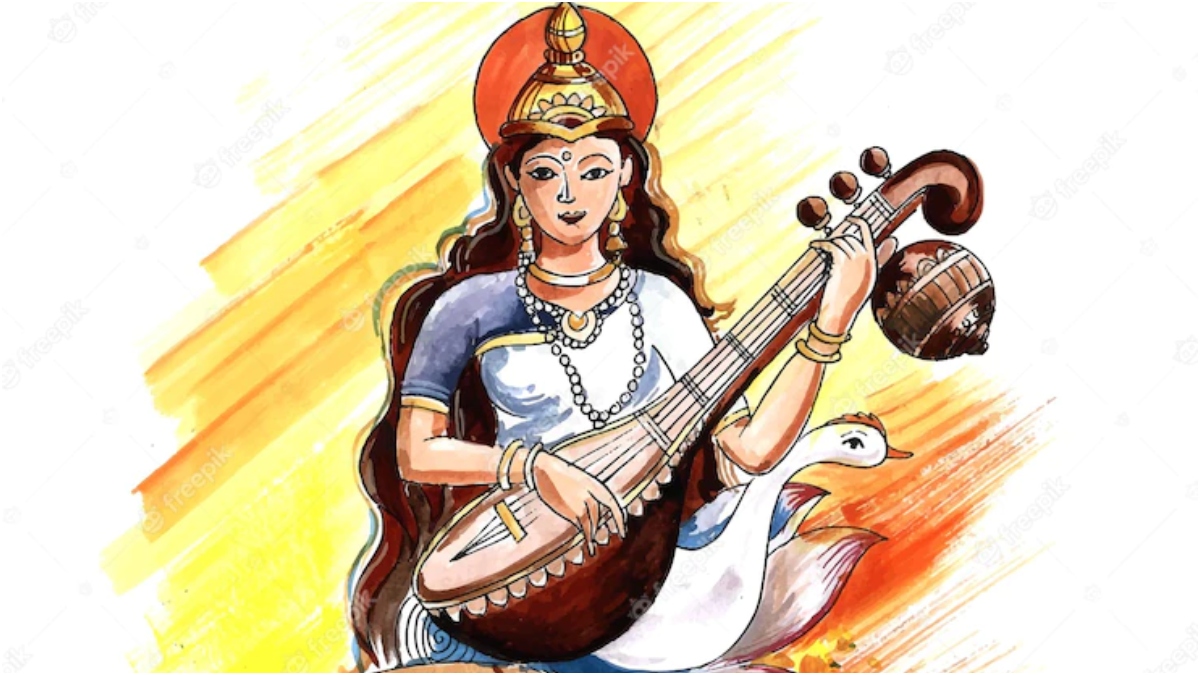
The murky history of the colour yellow
BBCThe murky history of the colour yellow Wikimedia Indian Yellow was created by a process that allegedly restricted cows to a diet of mango leaves, leaving them in a state of near starvation. Wikimedia Rembrandt’s Belshazzar’s Feast shows a divine hand inscribing a warning to the king of Babylon after he blasphemously served wine in a looted sacred vessel If legend is to be believed, some of the most memorable instances of yellow in art history – from the transcendent shimmers of JMW Turner’s lucent landscapes to the troubled music of Vincent van Gogh’s whorling constellations – are caked in cruelty, said to be fashioned from the sickly urine of malnourished cows. The Age of Innocence appears rather less carefree when we imagine that undergirding the work’s chirpy complexion could be a lucid layer of acidic bovine pee In Britain, Indian Yellow is most frequently associated with the solar splendours of Turner’s watercolours, although it is now thought that his elder contemporary, Sir Joshua Reynolds, may have experimented with it decades earlier, when Turner was just a boy. An unsettling spectre of Indian Yellow troubles too the innocence of John Singer Sargent’s apotheosis of childhood, Carnation, Lily, Lily, Rose, painted a century after Reynolds’ beatific portrait. Though it would be another 25 years before the process was finally outlawed in Bengal and its use abandoned in Europe, Sargent’s double portrait of quivering innocence and Van Gogh’s Starry Night, created a few years later, are among the last masterpieces whose auras rely on Indian Yellow – a colour whose troubled brilliance may be gone, but like history itself, never fully flickers out.
Discover Related









